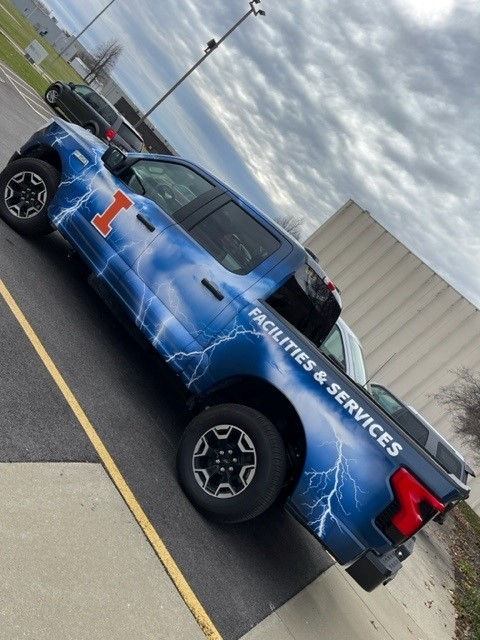You are here
Decrease Emissions from UI Fleet (Ongoing)
Recent Project Updates
-
8/28/2025Attended By - Aaron Lewis, Matt Brown, Jessica Hauseman, Shawn Patterson, SarthakBase line for the initial cost - What we have been spendingIdling times FuelingWho needs vehicles and why? Evaluating what type of vehicles Want to have 15 year...
-
6/13/2025Following are the notes from our meeting with Housing about their potential Fleet Management Plan. The meeting took place on 6/13/2025 at 9 a.m.Attended by - Sarthak Prasad, Shawn Patterson, Matt Brown, Aaron Lewis, Jessica HausermanWe did...
Project Family
-
Reduce Emissions from Travel
- Decrease Emissions from UI Fleet
- Reduce Driving on Campus
- Reduce Emissions from Business Travel
Key Objective
-
4.2 Reduce Fleet emission in the next 5 years
(2015 iCAP)
Associated Collections
Description
The 2015 iCAP, chapter 4, objective 2, is "Reduce emissions from the Urbana-Champaign campus fleet by 20% for departmentally-owned and carpool vehicles by FY20." The UI Fleet includes over 1,000 motor vehicles, used for a variety of purposes. These include large construction vehicles, trucks, sedans, and some individual mobility vehicles. The UI fleet emissions can be reduced through a reduction in trips, increased gasoline miles per gallon, reduced idling, and the integration of electric vehicles.
Background
Actual fleet emissions by fiscal year
Percent reduction in emissions from the UI fleet
Project Team
-
Project Leader:
Pete Varney
Themes
-
Primary Theme:
Project Location(s)
This map is interactive! Click (or touch) and drag to pan; scroll (or pinch) to zoom.

